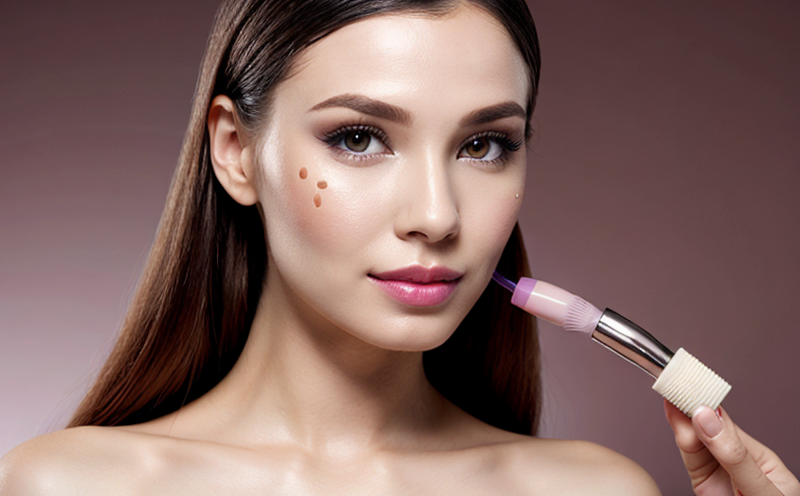In Vitro Cell Viability Assays for Cosmetic Safety
The in vitro cell viability assay is a cornerstone of modern cosmetics safety testing. This method leverages living cells to evaluate the potential toxic effects of cosmetic ingredients and formulations on human health. By using cultured cells, these assays provide a more relevant and humane alternative to traditional animal-based tests. The use of advanced technologies such as fluorescence microscopy and flow cytometry allows for precise quantification of cell viability.
The process typically involves exposing a panel of cultured cell lines to the cosmetic product or ingredient under study. After incubation, various parameters are measured including mitochondrial membrane potential (using rhodamine 123), ATP levels, and lactate dehydrogenase activity as indicators of cellular health. The results help determine whether an ingredient is safe for use in cosmetics by identifying those that cause cell death or damage.
One significant advantage of this approach is its ability to predict adverse effects early in the development cycle, allowing manufacturers to make informed decisions about formulation changes before costly clinical trials are necessary. Additionally, it supports compliance with regulatory requirements such as those outlined in European Union Cosmetics Regulation (EC) No 1272/2008.
In vitro assays also offer reproducibility and consistency across multiple batches of products, ensuring reliable data throughout the testing process. They can be tailored to specific needs depending on the type of ingredient being evaluated—whether it’s a preservative, emulsifier, or fragrance component—and provide insights into how different components interact within a formula.
For quality managers and compliance officers, incorporating in vitro cell viability assays into their routine testing procedures ensures they are meeting current standards while staying ahead of future regulatory changes. R&D engineers benefit from this methodology because it enables them to innovate safely by identifying potentially harmful compounds early on during the design phase. Procurement teams can leverage these tests when sourcing raw materials to ensure only high-quality, safe ingredients make it into final products.
Compliance with international standards such as ISO 10993-5 and ASTM F828 ensures consistency and reliability in results across laboratories worldwide. As research continues to advance our understanding of cellular interactions within cosmetics formulations, so too do the methodologies employed in evaluating them.
Customer Impact and Satisfaction
- Improved Product Safety: By identifying potentially harmful ingredients early in development, companies can avoid costly recalls and negative public relations issues associated with unsafe products.
- Enhanced Reputation: Demonstrating a commitment to ethical practices by using alternative testing methods enhances the brand image among consumers who value sustainability and animal welfare.
These factors contribute significantly towards higher customer satisfaction levels, leading to increased loyalty and market share growth for participating organizations.
Competitive Advantage and Market Impact
- Ethical Brand Perception: Adopting humane testing practices appeals directly to environmentally conscious consumers, giving brands a distinct edge over competitors who still rely heavily on animal testing.
- Faster Time-to-Market: Early identification of problematic ingredients through in vitro assays allows companies to bring new products to market more quickly than those relying solely on traditional methods.
This enables faster response times to emerging trends and consumer preferences, ultimately driving greater competitiveness within the industry.





